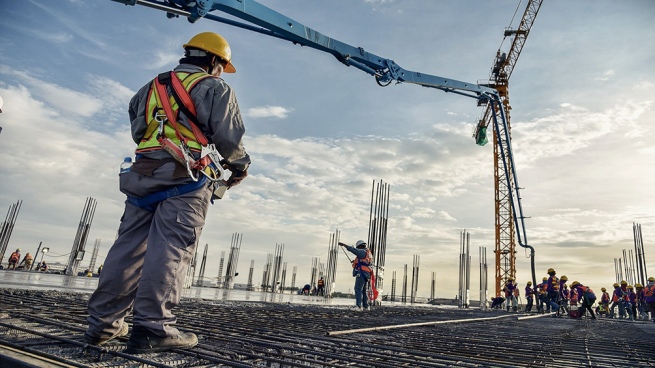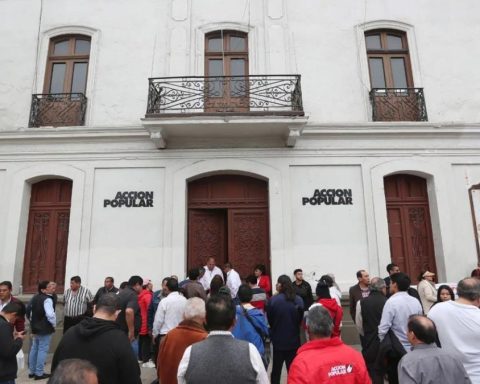A report from the Center for Argentine Political Economy (CEPA) highlighted that 75% of the provinces already register more private employment than in February 2020, but regional heterogeneity is still present, although not as marked.
This was highlighted after the report of the Argentine Integrated Social Security System (SIPA) was released on Friday, which shows that registered work grew 4.8% in April, adding 572.8 thousand new jobs year-on-year.
The CEPA report analyzed the data on private registered employment in April, its evolution since the outbreak of the pandemic and the subsequent and heterogeneous recovery at the sectoral and regional level.
Thus, it was noted that In the fourth month of the year, the growth path was maintained with the increase of 27,969 jobs, 0.5% more than March 2022.
Latest data from the Argentine Integrated Pension System (SIPA): in April 2022, the growth path was maintained, with an increase of 27,969 jobs (+0.5% vs. March 2022). According to seasonally adjusted measurement, there are already 16 consecutive months of growth in private employment pic.twitter.com/uk5FhvSXLe
— CEPA Center (@ctroCEPA) July 9, 2022
More than a year after the pandemic floor (July 2020), 293 thousand jobs have been generated, more than 100% of the total lost since that date.
It was also noted that “during the crisis of the Cambiemos Government (Apr18/Dec19), 273 thousand private registered jobs were destroyed.”
Added to this drop are the positions lost due to the health crisis due to Covid-19 (-192 thousand).
“There is still a need to recover 172,000 private registered jobs to reach the levels prior to the Cambiemos administration,” CEPA reported.
It follows that 75% of the provinces already register more private employment than in February 2020, but regional heterogeneity is still presentalthough not so marked:
The NEA and the Center lead the recovery in employment, while CABA, Cuyo and the NOA are the regions that present the most difficulties in recovering the employment levels of February 2020. However, only the province of Mendoza remains at notably lower levels of those registered in pre-pandemic.

In this context of employment recovery, “sectoral heterogeneity continues to decline, but remains a specific phenomenon after the impact of the pandemic”
A) Yes, seven dynamic sectors are already above pre-Covid19 levels, among which Construction, Industry and Real Estate stand outin which more than 52 thousand additional jobs have been generated.
Four other sectors, including mining, tourism and gastronomy, are still in recovery.
Jobs are created in these sectors from July 2020 onwards, but they do not reach the levels of February 2020.
Only 3 sectors remain in crisis, computing fewer workers compared to the pandemic floor, identified by the report as transport, agriculture and finance, and of these only the last showed a drop in employment again in April.


















